|
Advertisement
|
Susan
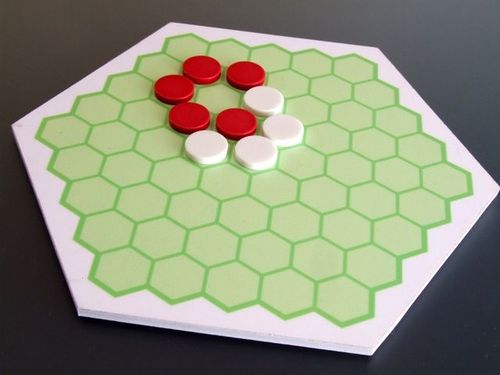
DescriptionRulesAn abstract game played on a hexagonal board of 61 spaces.
9 . . . . .
8 . . . . . .
7 . . . . . . .
6 . . . . . . . .
5 . . . . . . . . .
4 . . . . . . . . i
3 . . . . . . . h
2 . . . . . . g
1 . . . . . f
a b c d e
Reminiscent of Go, but the rules are essentially: Gameplay alternates between the two players, who each have their own color. A player's turn consists of either
You cannot pass. If each player performs three slides in a row (meaning six consecutive plies or game actions being slides in total) then the game ends immediately in a tie. You win as soon as any of the opponent's stones is surrounded on all liberties. Surrounding this stone is valid by any combination of own stones, opponent's stones, and even the board edges. But if your move causes one of your stones to be surrounded, you lose (even if you simultaneously surround an enemy stone!
9 . . . . .
8 . . . . . .
7 . . . . . . .
6 . . . . . . . .
5 . . . O O X . . .
4 . . O . O X . . i
3 . . . X X . . h
2 . . . . . . g
1 . . . . . f
a b c d e
The diagram shows a situation where setting the next stone onto d4 would result in an immediate win of player X since stone on e4 would completely be surrounded. It does not matter if the surrounding stones are stones of player X or player O. Suppose it is player X's turn: In the diagram shown above setting stone X on d4 is a win for player X since stone O on e4 gets completely surrounded. Suppose it is player O's turn: In the diagram shown above setting stone O on d4 is a win for player X, too, since stone O on e4 gets completely surrounded. Suppose it is player O's turn: Setting a stone onto c3 will continue the game. Player X cannot win any longer by setting his stone onto d4 since then he would lose immediately since this newly set stone is completely surrounded then. He loses even if stone O on e4 gets surrounded simultaneously.
9 . . . . .
8 . . . . . .
7 . . . . . . .
6 . . . . . . . .
5 . . . O O X . . .
4 . . O . O X . . i
3 . . O X X . . h
2 . . . . . . g
1 . . . . . f
a b c d e
Instead of placing a stone, you can instead slide one of your stones on your turn.
9 . . . . .
8 . . . . . .
7 . . . . . . .
6 . . . . . . . .
5 . . . . . . . . .
4 . . . . . . . . i
3 . X O . . . . h
2 O X O . . . g
1 . O . . . f
a b c d e
Note that in the diagram above stone X on b2 is perfectly safe. Neither player can set onto a1 without losing the game, since the stone set onto a1 would be completely and directly surrounded. The result would be the active player's loss of the game. References
Game DiscussionsAdd CommentYou need to be logged in to comment. Insert Bullet List Please enter at least one item. Item: Item: Item: Item: Item: Insert Numeric List Please enter at least one item. Item: Item: Item: Item: Item: Insert Link Please enter the link of the website Optionally you can add display text Insert Email Please enter the email address Optionally add any display text Insert Image Please enter the link of the image Insert YouTube Video Please enter the link of the video MarketplaceNo listings at the moment. Do you own this game? Click here to list it for sale.
|
Best Sellers
Board Games
|
||||
Latest Searches: Mlp | Star Wars Black Series Mandalorian Beskar, Ahsoka, Luke, Cara Dune, | googly+eyes+game | Monopoly+rhode+island+edition | Weiss+schwaz | Full on nrl the board game | Nerf centurion | Outlive underwater | femdom | cook | Command and Colors Ancients | Monopoly junior electronic | lambourne games | tackle | trotofant | BATMAN+50TH+ANNIVERSARY | the+secret+garden+game | electronic banking | field+commander | Yahtzee score pads | Sport | Star Wars: Revenge of The Sith Mace Windu Electronic Lightsaber | Shawe | Foodie | The walking dead | patriots+and+redcoats | nerf+laser | valley of the kings after life | Monopoly rivals | West Bank apply
All Rights Reserved


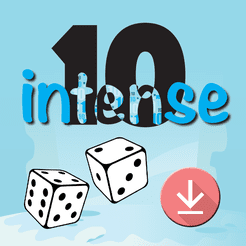


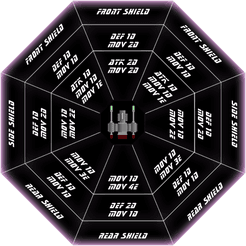

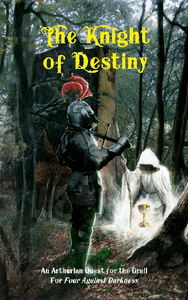


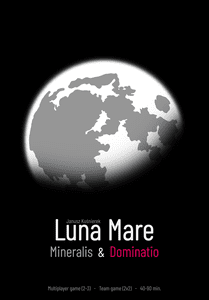
Comments (0)